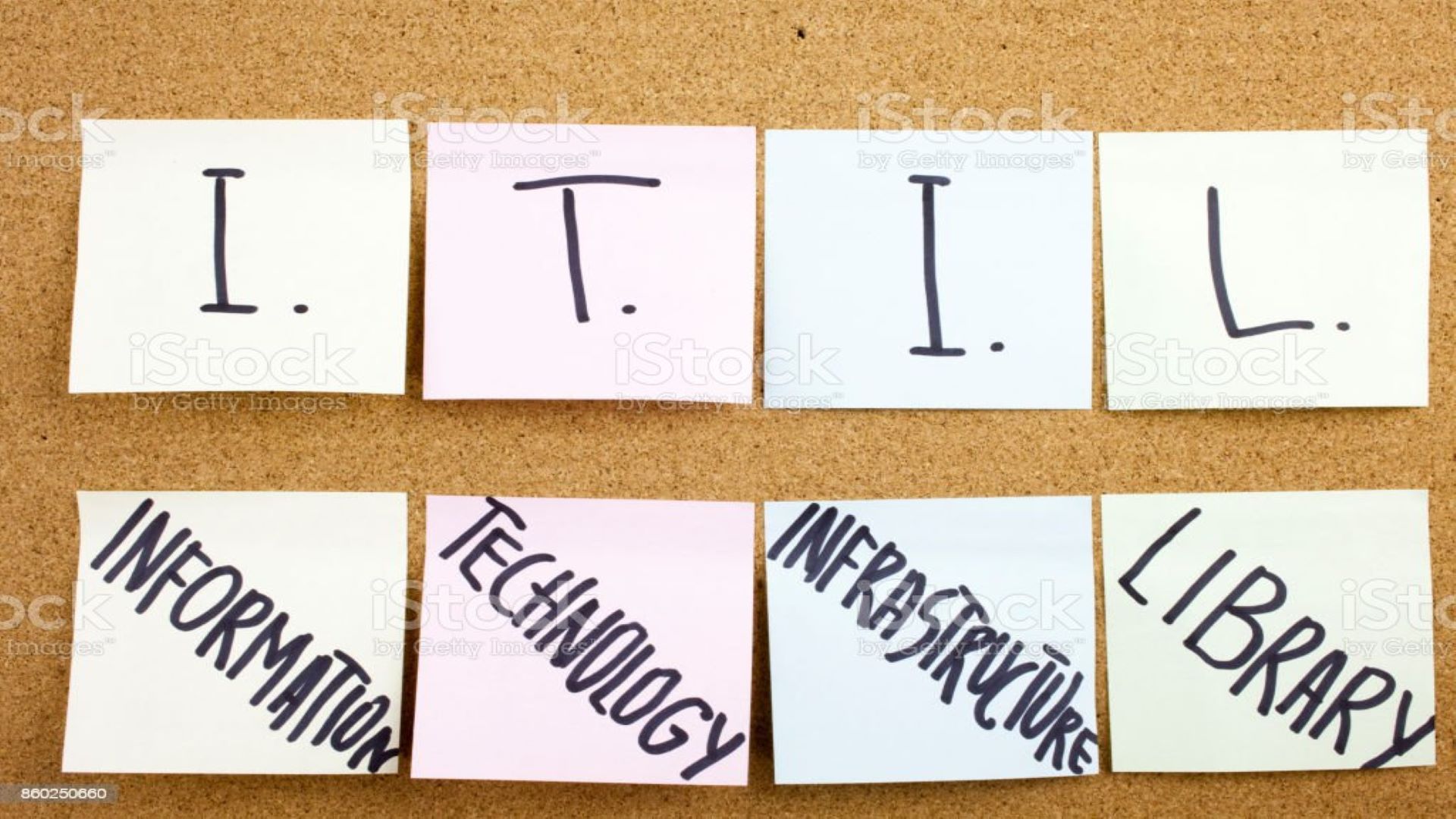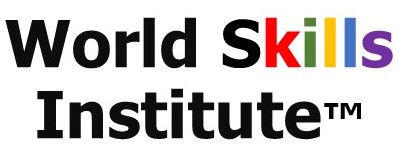
Course Curriculum:
Lesson 01 – Course Introduction
1.01 ITIL 4 Specialist
Lesson 02 – Service Value System to Create, Deliver,
and Support Services
2.01 Service Value System to Create Deliver and Support Services
2.02 Organizational Structure
2.03 Differences in Organizational Structure
2.04 Roles and Competencies
2.05 Professional IT and Service Management Skills and Competencies
2.06 Professional ITSM Skills and Competencies Examples
2.07 Generalist or T-Shaped Models
2.08 Developing a Broad Set of Competencies
2.09 Workforce Planning and Management
2.10 Employee Satisfaction Management
2.11 Results-Based Measuring and Reporting
2.12 Performance Measures
2.13 Team Culture and Differences
2.14 Importance of Cultural Fit
2.15 Team Collaboration and Integration
2.16 Guidelines for a Positive Team Culture
2.17 Continual Improvement Culture
2.18 Collaborative Culture
2.19 Algorithmic and Heuristic Tasks
2.20 Servant Leadership
2.21 Customer-Oriented Mindset
2.22 Customer Orientation
2.23 Customer-Oriented Strategy
2.24 The Value of Positive Communication
2.25 Principles of Communication
2.26 Integration and Data Sharing
2.27 Integration Approaches
2.28 Reporting and Advanced Analytics
2.29 Big Data
2.30 Collaboration and Workflow
2.31 Robotic Process Automation (RPA)
2.32 RPA Technologies
2.33 Artificial Intelligence AI
2.34 Machine Learning
2.35 CI/CD
2.36 Goals and Value Measurement
2.37 Aligning CI/CD with ITIL
2.38 The Value of an Effective Information Model
2.39 Automation of Service Management
2.40 Key Takeaways
Lesson 03 – Value Streams to Create, Deliver, and Support
3.01 Value Streams to Create, Deliver, and Support Services
3.02 ITIL Service Value Streams
3.03 Value Streams and Organizations
3.04 Value Stream Considerations – Part One
3.05 Value Stream Considerations – Part Two
3.06 Value Stream Considerations – Part Three
3.07 Designing a Service Value Stream
3.08 Describing a Step of the Value Stream
3.09 Value Stream Mapping
3.10 Key Metrics for Analyzing a Value Stream
3.11 Designing a Value Stream Using Little’s Law
3.12 Value Stream Models
3.13 Development of a New Service
3.14 Six Key Steps of Journey from Demand
3.15 Acknowledge and Document the Service Requirements
3.16 Decide Whether to Invest in the New Service
3.17 Design and Architect the New Service to Meet Customer Requirements
3.18 Obtain or Build Within the Service Value Chain
3.19 Deploy Service Components in Preparation for Launch
3.20 Release New Service to Customers and Users
3.21 Upgrade and Restore a Live Service
3.22 Seven Key Steps of Journey from Demand to Value
3.23 Acknowledge and Register the User Query
3.24 Investigate the Query
3.25 Obtain a Fix from the Specialist Team
3.26 Deploy the Fix
3.27 Verify That the Incident Has Been Resolved
3.28 Request Feedback from the User
3.29 Identify Opportunities to Improve the Overall System
3.30 Using Value Streams to Define a Minimum Viable Practice
3.31 Key Takeaways
Lesson 04 – Create, Deliver, and Support Services
4.01 Create Deliver and Support Services
4.02 Managing Queues
4.03 Prioritization
4.04 How to Prioritize Work
4.05 Techniques to Prioritize Work – Part One
4.06 Techniques to Prioritize Work – Part Two
4.07 Swarming
4.08 Challenges of Swarming
4.09 Shift-Left Approach
4.10 Build vs. Buy Considerations
4.11 Defining Requirements for Service Components
4.12 Selecting a Suitable Vendor
4.13 Sourcing Models and Options
4.14 Types of Sourcing Models
4.15 Service Integration and Management
4.16 Service Integration and Management Considerations
4.17 Key Takeaway
